Vintage
Sort By: Post Date TitlePublish Date
|
Jul 20, 2025 |
First Published: Jul 01, 2025
|
Jun 06, 2025 |
First Published: May 01, 2025
|
Jun 01, 2025 |
First Published: Nov 01, 2024
|
May 02, 2025 |
First Published: Oct 01, 2024
|
May 01, 2025 |
First Published: Apr 01, 2025
|
Feb 05, 2025 |
First Published: Mar 01, 2025
|
Jan 19, 2025 |
First Published: Jan 01, 2025
|
Jan 18, 2025 |
First Published: Dec 01, 2024
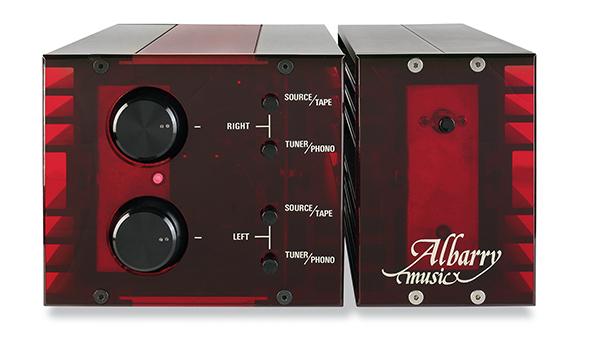
 The genius combination of red Perspex and black alloy heatsinking ensured the late Neil Burnett’s Albarry Music brand brought a welcome splash of colour to the ’80s hi-fi scene
The genius combination of red Perspex and black alloy heatsinking ensured the late Neil Burnett’s Albarry Music brand brought a welcome splash of colour to the ’80s hi-fi scene


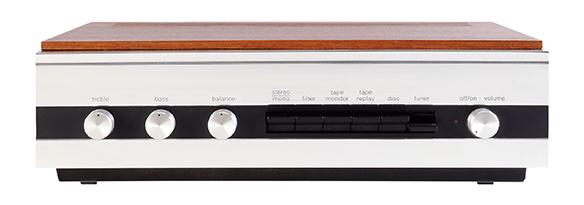
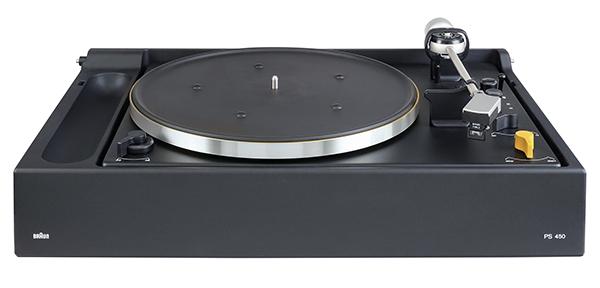

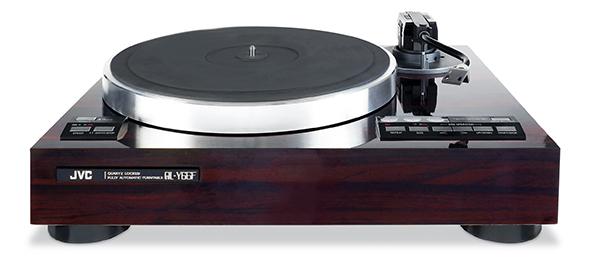
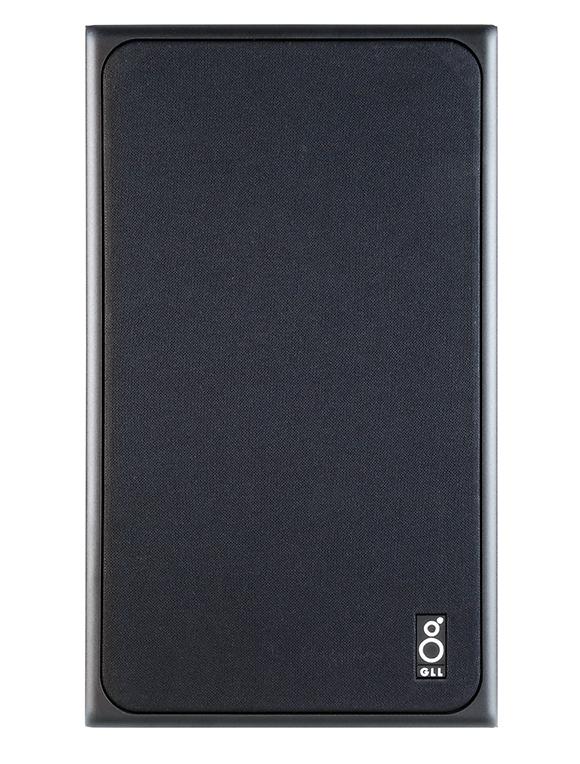
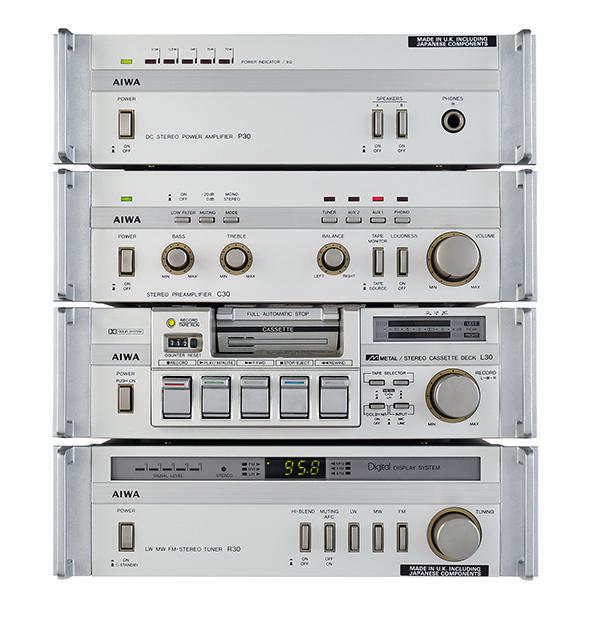
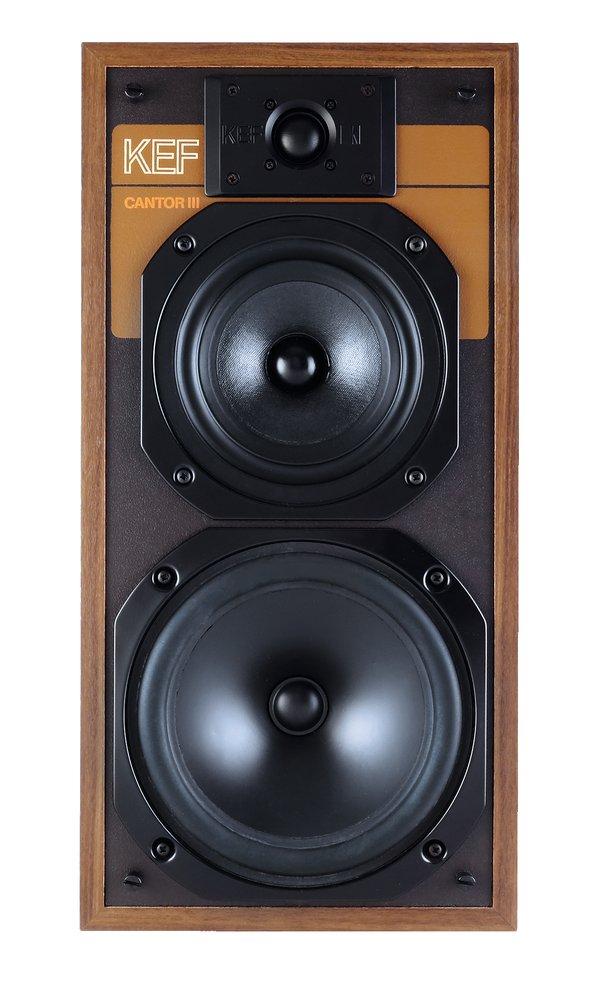

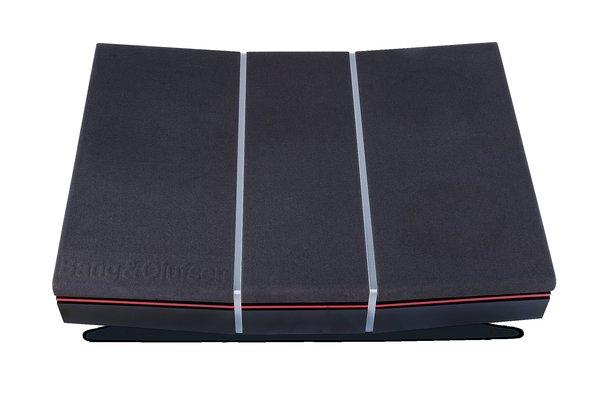
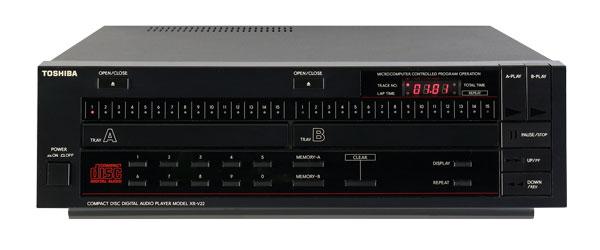
 Gimmick or grand plan as Toshiba looks to spice up the mid-’80s CD scene with a
dual-disc player offering over two hours of continuous music. How does it fare today?
Gimmick or grand plan as Toshiba looks to spice up the mid-’80s CD scene with a
dual-disc player offering over two hours of continuous music. How does it fare today?





